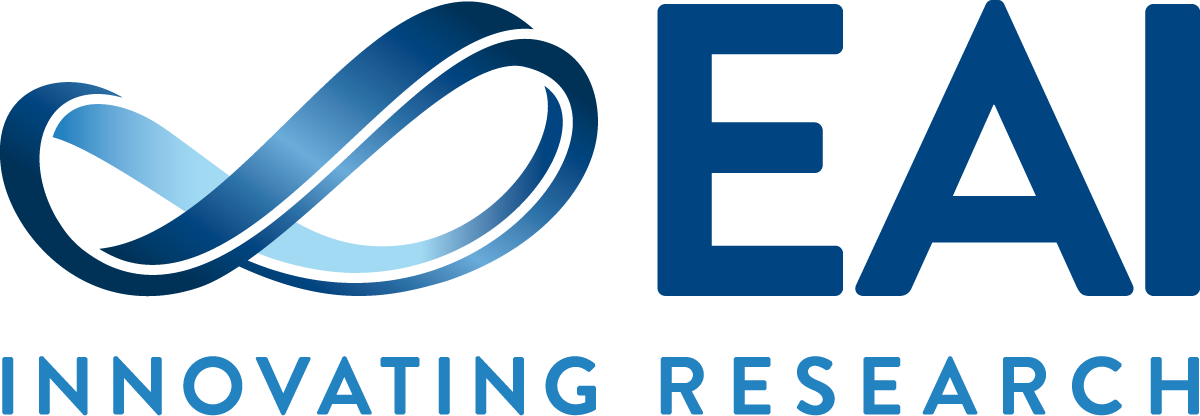Prof. Henning Schulzrinne from Columbia University presents: The smart city is more than 5G – Creating a flexible, heterogeneous and programmable IoT infrastructure in his Distinguished lecture.
What are the challenges for Smart City? Why opt for a Directory-based approach (with components such as Geospatial naming in IoT services)? Does programmability matter more? Why do programs – just as people – need names? And is the geospatial IoT device naming the answer? Find it out in the video below.
_____
As smart city projects scale up from proof-of-concept demonstrations to production and long-term use, we need to consider features that make smart city efforts sustainable over the long term and avoid stove-piping of sensors and actuators for specific applications. Such complex systems will likely incorporate sensors and actuators owned, controlled, and operated by both a variety of governmental entities, from city governments to transit services and airport authorities and private entities, from shopping malls and private parking lot operators to individual households.
The future of devices in smart cities
Physical devices in such systems will be replaced regularly, and sensors or actuators may be moved around or be attached to different networks over time. Programs, both small one-off efforts that may be used to answer a one-time analysis question or help support a large-scale event, and complex long-term ones, such as traffic management, will co-exist, using the same sensor and actuator infrastructure. Software developers will want to work with logical devices, described by function or location, not change their code each time a network interface changes.
We can assume there will be a combination of many access networks – an internet of things, but that’s not the hard part. The network isn’t a problem – it’s reliable and maintainable software. Directories hide dangerous details, with geography being a natural component of IoT naming and access control.
Prof. Henning Schulzrinne is Julian Clarence is Levi Professor of Computer Science at Columbia University, USA. He is an editor of the “Computer Communications Journal”, the “ACM Transactions on Multimedia Computing”, the “ComSoc Surveys & Tutorials”. He has published more than 250 journal and conference papers, and more than 70 Internet RFCs. Protocols co-developed by him are now Internet standards, used by almost all Internet telephony and multimedia applications. His research interests include Internet multimedia systems, quality of service, and performance evaluation.
EAI Distinguished lectures program was created to provide an inspiration featuring great talks by the world’s most prominent, recognized researchers. We are proud to introduce to you our featured world’s top lecturers presenting a topic as our distinguished guest speakers.
As an open-door community, you, as a researcher, also have an opportunity to become a Distinguished lecturer presented to our 150 000 subscribers. Not only an honor – it also presents you with opportunities to bring your topic to other industry representatives (paid by the EAI).

